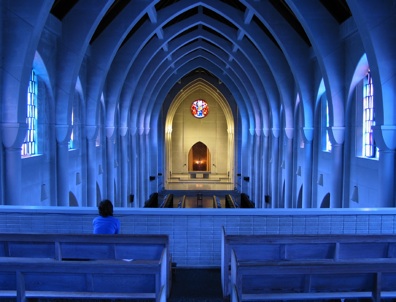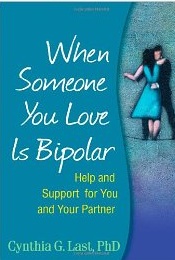 I’m a pilgrimage kind of gal. Throughout my life, I’ve flocked to places marked with divine fingerprints: Lourdes, France, where the muddy hole Bernadette Soubirous dug 150 years ago became a river of healing waters; Mexico City, home to the Shrine of Our Lady of Guadalupe, who appeared to Juan Diego atop Tepeyac Hill in December of 1531; Lisieux, France, the birthplace of my patron saint, Theresa of the Child Jesus; and Calcutta, India, where I prayed with Mother Teresa and her Sisters of Charity for a week during Christmas break in grad school.
I’m a pilgrimage kind of gal. Throughout my life, I’ve flocked to places marked with divine fingerprints: Lourdes, France, where the muddy hole Bernadette Soubirous dug 150 years ago became a river of healing waters; Mexico City, home to the Shrine of Our Lady of Guadalupe, who appeared to Juan Diego atop Tepeyac Hill in December of 1531; Lisieux, France, the birthplace of my patron saint, Theresa of the Child Jesus; and Calcutta, India, where I prayed with Mother Teresa and her Sisters of Charity for a week during Christmas break in grad school.
Pope John Paul II once wrote that a pilgrimage is “an exercise of…constant vigilance over one’s own frailty, of interior preparation for a change of heart.”
That’s essentially why, in a bad depression two winters ago, I traveled back to my alma mater, Saint Mary’s College (in South Bend, Indiana): by looking over the St. Joe River behind Our Lady of Loretto Church and climbing the staircase of my dorm, I could literally touch the lessons I learned almost 14 years ago and see the faces who helped transform my heart.
Although South Bend has not graced the cover of “National Geographic” as one of the top five beautiful places to live, it is home to all the key players–the guiding lights or sages–who accompanied me in my first mega spiritual awakening: the four years I obsessed over the question, “Who do I want to be…for real?”
From my religious studies advisor I learned the importance of words and poetry and mystics. He repeated verses over and over again, until they seeped into my unconscious mind, and imprinted messages on my soul like the one from T. S. Eliot’s “Four Quartets” that begins “I said to my soul, be still, and wait without hope….”
From another professor I learned the importance of gray matter: that nothing is ever black and white; that a nuanced approach to life will inevitably save you from the very frustration and inconvenience you were running away from with zebra-stripe thinking; and that acknowledging life’s contradictions diminishes its disappointments.
A third teacher transformed me into a philosopher who contemplated questions like “Why would a benevolent and loving God allow this kind of suffering to happen?” And to sit with the questions … trying to comfy with them … before I sought out an answer that made sense of the madness.
But the person who I desperately needed to see was my first therapist–a woman who, suspecting there was more to my struggle than staying sober, introduced me to the different faces of mental illness, educated me on the physiological nature of depression, and guided me to places of healing.
I needed to hug her.
I craved a session with her in the worst way, like a ten-year-old homesick at summer camp. A letter wasn’t going to suffice. I wanted to be back in that green leather chair across from her, where I first confronted my dark side, my fear of being anything less than perfect.
As I began to explain to her what had happened to me over the last year, I sensed my fear disengage from my body–so that I could look at it and call it a jerk. She’s brilliant that way. With one seemingly innocent question, she’ll move you from a place of confusion to clarity. And by articulating ugly thoughts, you can grasp a hint of beauty on the horizon that awaits you.
That’s what good therapy does, and effective pilgrimages do. In the words of Pope John Paul II, they are “an exercise of…constant vigilance over one’s own frailty, of interior preparation for a change of heart.” By reminding you of where you’ve been, these “God places” point you to a better place. To healing waters, to an apparition’s wisdom, or to a miracle that can happen in a hug and a question.
* Click here to subscribe to Beyond Blue and click here to follow Therese on Twitter and click here to join Group Beyond Blue, a depression support group. Now stop clicking.

